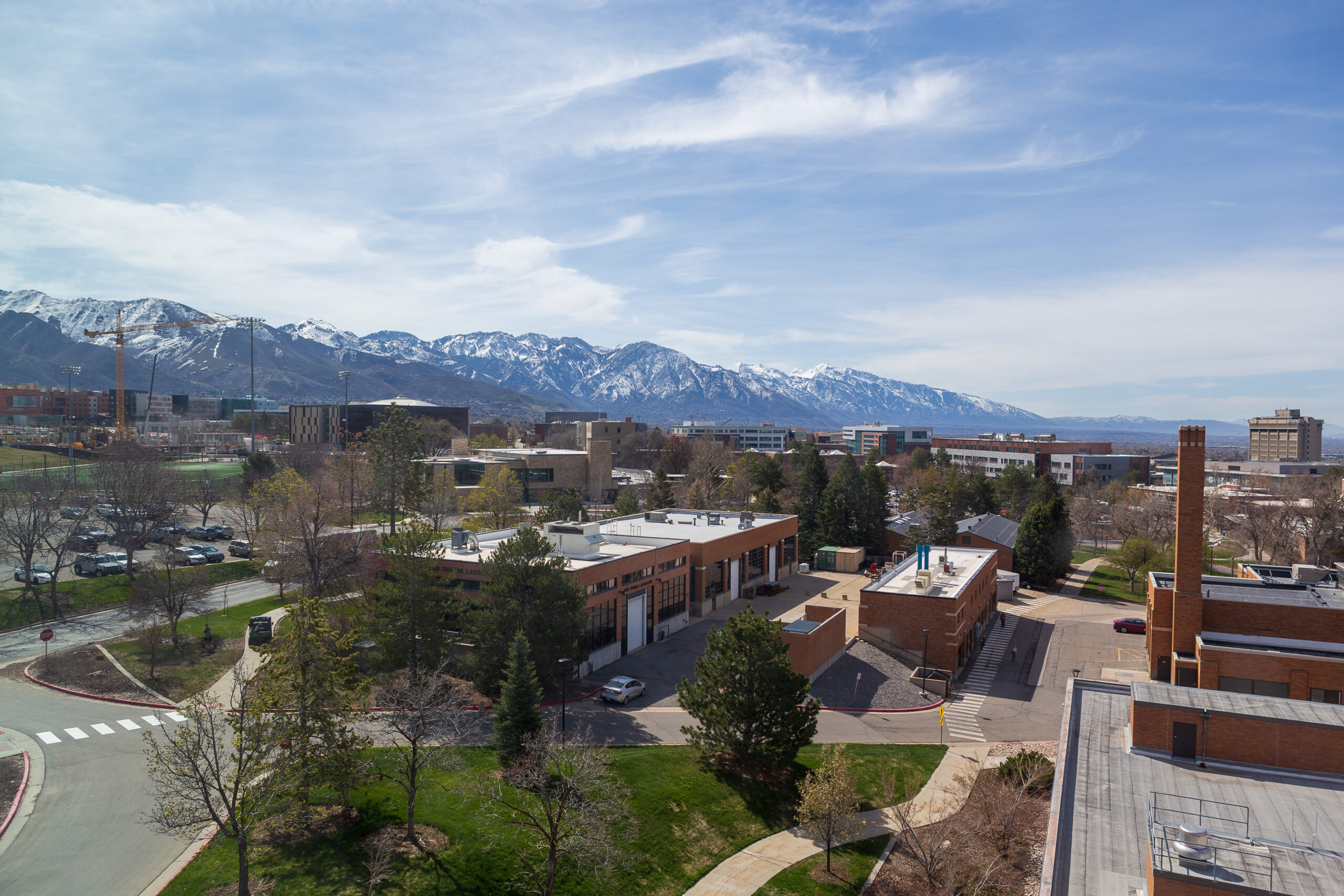
Project goal: Improve scope definition and construction delivery methods of large capital projects while aligning new construction costs.
Workstream: Capital Productivity and Facilities
Project owners: Lori Kaczka, Senior Director of Facilities, and Rochelle Randazzo, Senior Director of Business Services
Background: As an institution with lofty goals to grow, the University of Utah has a lot of building to do to house and educate its students and to provide more space for research and patient care. The process from start to finish is complex, involving site selection, navigating public regulations, optimizing use, balancing budgets, and aligning the needs of various departments. As the U embarked on the new West Village student housing project, members of the Facilities and Auxiliary Services departments were facing these challenges and recognized the need to build smarter.
Efforts underway: Leadership at the state and Auxiliary Services proposed deploying the design-build process that combines the selection of the design team and build team into one, consolidating fees and aligning efforts to contain costs and accelerate timelines. They also implemented a clearer approach to defining project scopes within budget constraints. With the support of the Operational Excellence team, these ideas were fast-tracked and applied to phase II of the West Village. Despite encountering site complications like unmapped underground utilities, the project achieved a 15 percent cost avoidance—positioning it to be on time and under budget with an estimated savings to date of about $18 million.
Looking ahead: The West Village project demonstrates that a design-build delivery is a highly effective approach, particularly for housing projects. Building on this success, the workstream team plans to expand its use beyond housing to other initiatives, including the upcoming phase I of the U’s West Valley Hospital.
In their words: “From an Operational Excellence standpoint, it validated our belief that we needed to utilize more streamlined construction and design methodologies. Through that engagement, we felt we had a foundational framework that empowered us to try something new at the U, believing it would prove successful in our goal to be better stewards of project needs and associated costs in the overall best interest of the University. “ — Lori Kaczka, project owner
